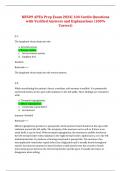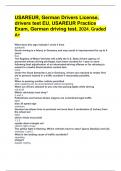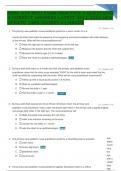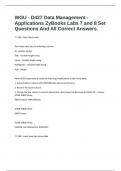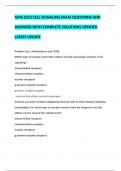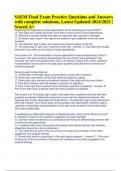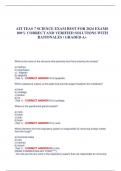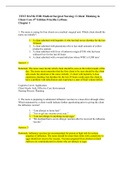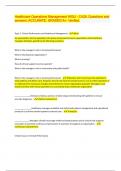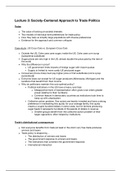Exam (elaborations)
NR509 APEA Prep Exam 2024| 104 Cardio Questions with Verified Answers and Explanations (100% Correct)
- Course
- Institution
NR509 APEA Prep Exam 2024| 104 Cardio Questions with Verified Answers and Explanations (100% Correct) Q 1: The lymphatic ducts drain into the: a. Arterial system. b. Venous system. c. Arteriovenous system. d. Capillary bed. Detailed Rationale>>> The lymphatic ducts drain into the ven...
[Show more]
